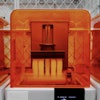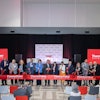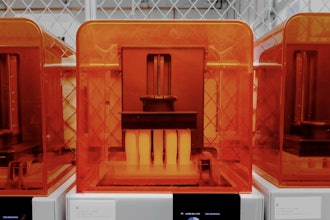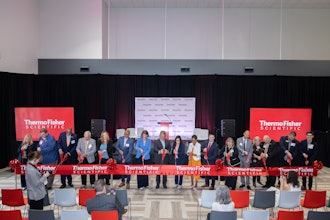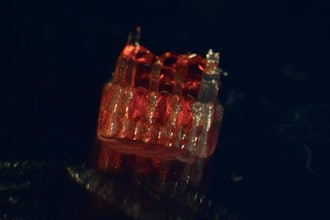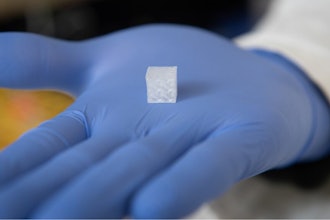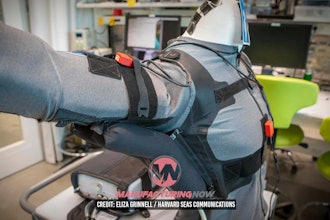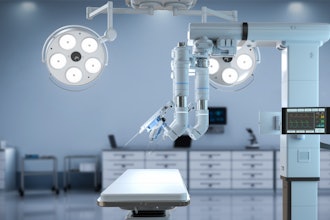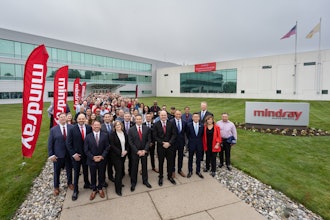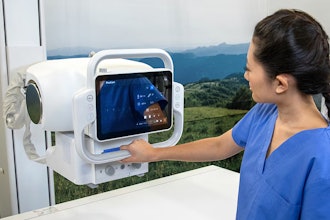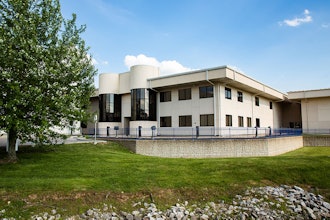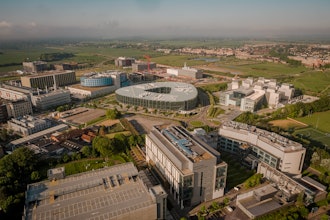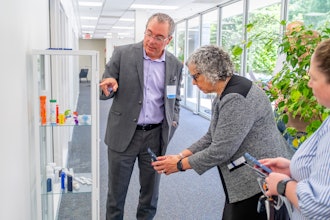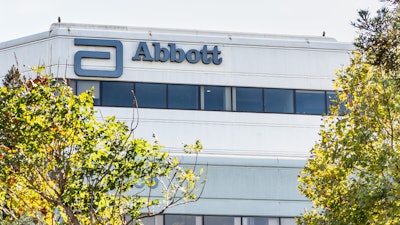
Abbott today announced the successful completion of what it's calling the world's first in-human leadless left bundle branch area pacing (LBBAP) procedures using the company's investigational AVEIR Conduction System Pacing (CSP) leadless pacemaker system, as part of a feasibility study. These procedures mark the first time a leadless pacemaker has been implanted into the left bundle branch area, a key part of the heart's electrical conduction system, designed to mimic the heart's natural beat, offering people with slower-than-normal heart rhythms a new potential treatment option.
The procedures were part of the prospective Leadless CSP feasibility study, which evaluates the acute safety and performance of the investigational AVEIR CSP leadless pacemaker system. The procedures were completed in the fall of 2024 by Professor Petr Neužil, M.D., Ph.D., head of the department of cardiology at Na Homolce Hospital in Prague, Czech Republic, and the site's principal investigator, and Vivek Y. Reddy, M.D., director of cardiac arrhythmia services at Mount Sinai Hospital, New York, and the study's principal investigator.
CSP is an evolving technique in which a traditional pacemaker wire is implanted deep into the wall separating the left and right chambers of the heart. This approach activates the left bundle branch area enabling physiological pacing which mimics the heart's natural electrical current. As a result, physicians believe this pacing approach could improve the physiological response from the heart compared with other pacing options.
The integration of CSP procedures with leadless pacemaker technology has the potential to deliver unique benefits over traditional pacemakers. Leadless pacing systems eliminate the need for cardiac leads and a pulse generator under the skin and avoid long-term risks of lead- and pocket-related complications. As a result, leadless pacemakers like the AVEIR family of products are a potential solution for some of the complications often associated with traditional pacemakers.
The U.S. Food and Drug Administration (FDA) has granted Breakthrough Device Designation to explore the use of Abbott's AVEIR CSP leadless pacemaker system for LBBAP. Breakthrough Device Designation expedites the review of innovative technologies that can improve the lives of people with life-threatening or irreversibly debilitating diseases or conditions.

